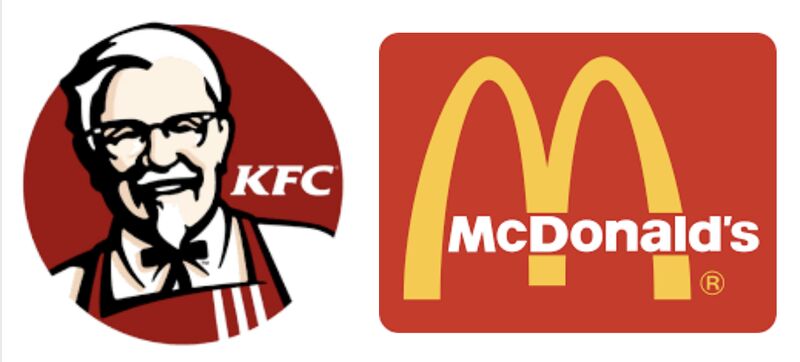Why is There Always a KFC Next to a McDonald’s?
Have you ever noticed a KFC frequently positioned right next to a McDonald’s, or multiple coffee shops clustering closely together? This phenomenon isn’t accidental; it can be explained through Hotelling’s Model of Spatial Competition.
Harold Hotelling, an influential economist, described this scenario through the principle of minimum differentiation. According to this principle, businesses within a competitive market tend to make their products and services highly similar and position themselves geographically close to each other. The rationale is straightforward—consumers generally opt for the nearest available option. When competitors offer nearly identical products at similar prices, proximity becomes a critical factor for capturing market share.
Implications for Marketing Strategy:
From a marketing perspective, this scenario underscores the importance of clearly defining your brand’s Unique Selling Proposition (USP). While it’s tempting for businesses to mirror successful competitors to attract similar customer segments, long-term success relies on differentiation. As marketers, emphasizing the distinct benefits and exclusive value that your brand offers, which competitors cannot replicate easily, is crucial. Highlighting what uniquely sets your brand apart not only attracts customers but fosters loyalty and repeat business.
Advice for Entering New Markets:
For businesses planning market entry—such as an eastern cuisine restaurant entering Canada or a western restaurant moving into Asian markets—Hotelling’s model offers valuable insights. If your offerings are virtually identical to those already established, positioning your business centrally within competitor clusters can strategically maximize your visibility and market reach. However, even in such cases, it’s essential to differentiate your brand through targeted marketing and unique consumer experiences.
Key Takeaways:
- Competitors often cluster due to consumer preference for convenience.
- Clearly define and market your brand’s USP to stand out.
- Strategic geographic positioning can optimize market entry success.
Understanding Hotelling’s spatial competition can transform your marketing strategy and enhance your competitive advantage.
Reference: Gal-Or, E. (1982). Hotelling’s spatial competition as a model of sales. Economics Letters, 9(1), 1-6.

Leave a Reply